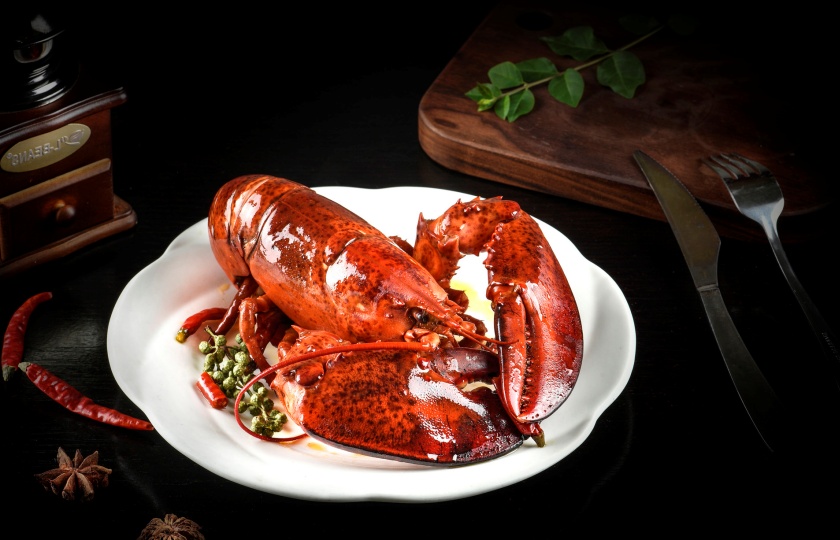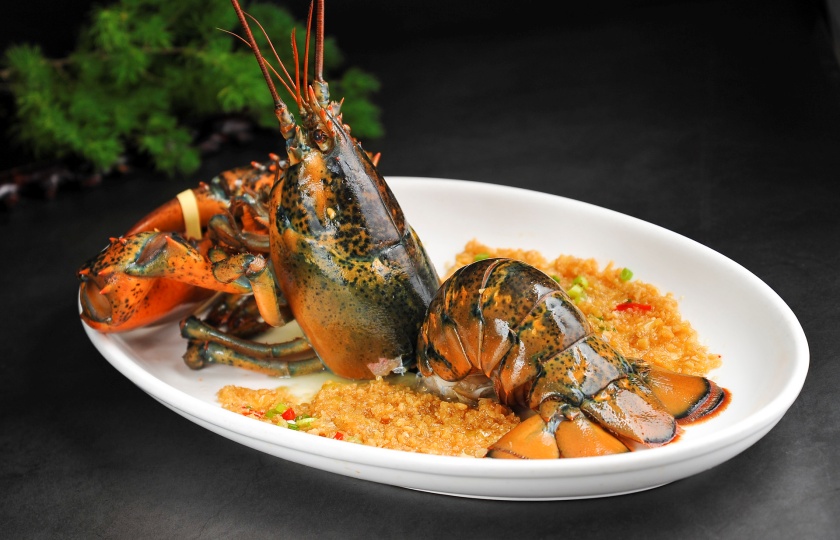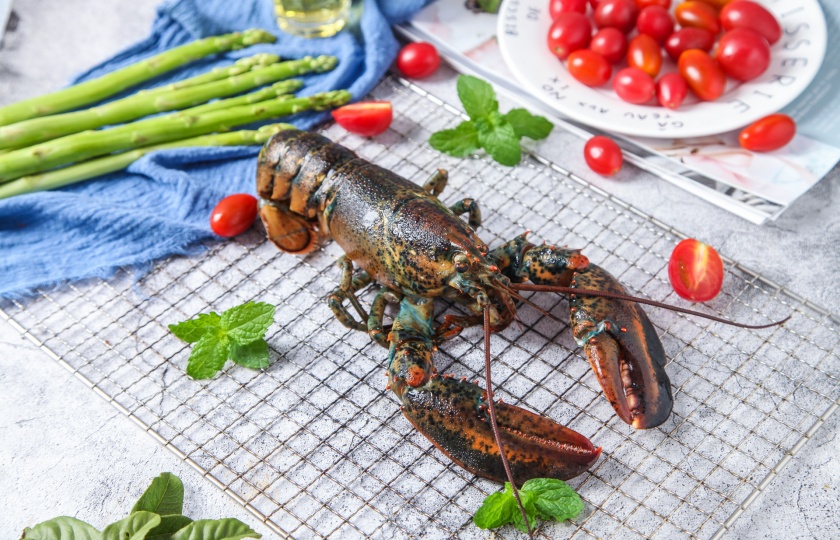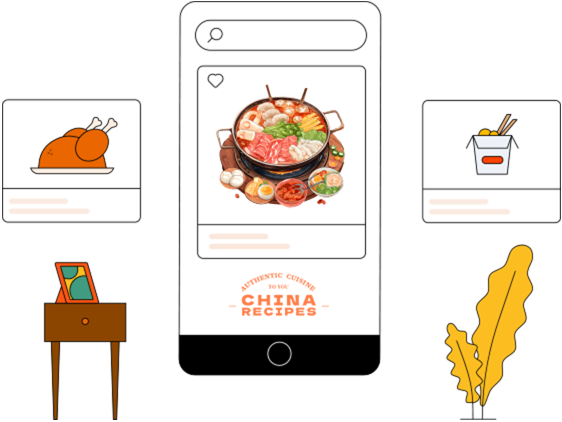Curious about the calories in 3 ounces of lobster? Here’s the answer!

Lobster is delicious, but if you’re watching your calories during a fat loss phase, you might wonder if eating too much lobster could lead to excessive calorie intake. Today, I’ll be sharing the calorie content of 3 ounces of lobster meat. Let’s dive in!
How many calories are in 3 ounces of lobster meat?
According to standard nutritional data, 3 ounces (about 85 grams) of lobster meat contains approximately 70 to 80 calories. Lobster, a member of the crustacean family, is packed with protein, vitamins, and minerals like calcium, iron, and phosphorus, making it highly nutritious and valuable for consumption.
Its calorie content is relatively low, which makes it a great option for those focused on dietary control.
In general, the calorie content for 3 ounces of lobster meat ranges from 70 to 80 calories, but this can vary depending on factors like the type of lobster and the method of cooking.
For example, steamed lobster will have significantly fewer calories compared to fried lobster.
How many calories are in 4 oz of lobster meat?
About 100 calories.
Typically, each ounce of lobster meat contains around 20 to 30 calories. The low fat and high protein characteristics of lobster make it a low-calorie, nutrient-dense seafood option.

If you are concerned about the calorie content of lobster, I recommend steaming it, as steaming not only helps retain the lobster’s texture and nutrients, but also ensures the lowest calorie count.
In addition to being low in calories, lobster meat is rich in high-quality protein and contains beneficial nutrients like vitamin B12, zinc, and selenium. These nutrients are great for supporting the immune system, maintaining skin health, and ensuring proper nerve function.
If you’re controlling your calorie intake or pursuing a healthy diet, lobster is definitely an ideal choice!
Is lobster healthier than chicken?
Lobster and chicken each have their own unique benefits, and it really depends on what you're looking for. Here’s a quick comparison:
Protein: Both lobster and chicken are excellent sources of high-quality protein that is easily absorbed and used by the body to aid in repair and growth.
Fat: Lobster contains only about 0.2% fat, and most of that is made up of unsaturated fats, which are beneficial for your health. Chicken’s fat content varies by cut, with skinless chicken breast being very low in fat, while chicken with skin has a higher fat content.
Minerals: Lobster is rich in calcium, sodium, potassium, magnesium, and phosphorus, and its calcium, phosphorus, sodium, and iron content is higher than most land meats.
Vitamins: Lobster is an excellent source of fat-soluble vitamins, particularly vitamins A, C, and D, which far exceed the levels found in land animals. Chicken provides vitamin B6 and phosphorus, both of which are important for metabolism.
Food safety: Lobster should always be thoroughly cooked to avoid the risk of parasites and bacterial infections.
Moderation: Although lobster is highly nutritious, overconsumption may lead to protein digestion issues, so it's best to limit your intake to about 1 pound per meal.
In general, lobster has a nutritional edge in some areas, particularly with its low fat, high protein, and mineral-rich content. However, chicken is also a healthy choice, especially due to its high protein and low-fat profile. The right choice depends on your dietary needs and preferences.
Which is healthier shrimp or lobster?
Both shrimp and lobster are extremely healthy seafood options, but whether one is healthier depends on how you measure their nutritional value.

Both shrimp and lobster are high in protein and low in fat, making them excellent options for anyone looking to increase their intake of high-quality protein.
Both are also rich in omega-3 fatty acids, which are beneficial for heart health and can help reduce inflammation and optimize blood lipid levels.
When it comes to calories and fat, shrimp is generally a bit lower than lobster. 100 grams of shrimp contains about 85-100 calories, while lobster contains about 100-120 calories. Although both are relatively low in calories, if you’re particularly concerned with controlling your calorie intake, shrimp might be a slightly better option.
When it comes to minerals and vitamins, lobster might have the edge. Lobster is rich in zinc, selenium, phosphorus, and other minerals that support the immune system, bone health, and antioxidants. While shrimp also contains these nutrients, lobster tends to have higher levels.
In terms of cholesterol, lobster has a higher cholesterol content, but this doesn’t necessarily make it unhealthy. Modern studies show that dietary cholesterol doesn’t directly raise cholesterol levels in the blood. Shrimp, on the other hand, has a moderate level of cholesterol, so if you’re concerned about cholesterol, shrimp may be the better option.
Overall, both shrimp and lobster are incredibly healthy choices, rich in protein, low in fat, and full of essential micronutrients. If you’re focused on low calories and low cholesterol, shrimp might be more suited for you.
But if you’re looking for more minerals and a richer taste, lobster is a great choice. Both have their strengths, and you can choose based on your health goals and personal preferences!
When should you not eat lobster?
There are certain times when eating lobster may not be recommended:
Seafood allergies: Lobster is a crustacean, and if you're allergic to seafood, especially shellfish like clams or shrimp, you may experience allergic reactions like skin rashes or difficulty breathing. If you have a history of allergies to shellfish, it’s best to avoid lobster.
Weakened digestive system: If you have gastrointestinal issues such as ulcers or gastritis, eating lobster may be hard on your stomach. Its high protein content could overwhelm your digestive system, especially if you have a weak digestive tract.
Gout sufferers: Lobster is considered a moderate-purine food. If you’re experiencing a gout flare-up or have a high risk of gout, it’s best to avoid foods with higher purine content, like lobster, to prevent worsening the symptoms.
Pregnancy and breastfeeding: Pregnant or breastfeeding women should be cautious about consuming lobster due to the potential risk of toxins, bacteria, or parasites that may affect the baby.
lobster meat nutrition facts 100g
100 grams of lobster meat roughly contains the following:
Calories: About 85-90 calories. It’s a low-calorie, high-nutrient seafood option.
Protein: About 20 grams. Lobster is rich in high-quality protein, which helps with muscle growth and tissue repair.
Fat: About 0.8-1 gram. Lobster is low in fat, mainly consisting of healthy unsaturated fats, making it ideal for low-fat diets.
Carbohydrates: About 0 grams. Lobster is virtually carb-free, making it perfect for low-carb and keto diets.

Sodium: About 400 milligrams. Lobster can be relatively high in sodium, especially in processed lobster meat, so it’s important to be mindful of your intake, especially if you have high blood pressure.
Minerals and Vitamins:
Calcium: About 30 milligrams.
Iron: About 0.5 milligrams.
Zinc: About 3 milligrams.
Vitamin B12: About 1.2 micrograms. Lobster is an excellent source of vitamin B12, which is important for nerve function and red blood cell production.
Cholesterol: About 70 milligrams. While lobster has a moderate amount of cholesterol, it’s safe to consume in moderation.























